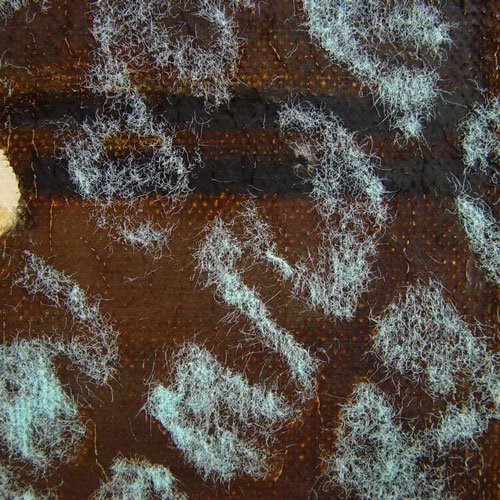Artnet News, an electronic magazine, published on November 23rd an interesting article about Handling and Transportation of Works of Art titled 7 Art Shipping Nightmares and How Best to Avoid Them. According to Laura Doyle, fine art specialist with Chubb Insurance, the majority of art losses occur while items are in transit.
Here, are listed some recommendations to avoid damages to your artwork:
If at all possible don't transport or move it yourself. As conservators, we are tired of seeing clients trying to make some space in the trunk of their car to put their recently treated artwork together with the golf clubs, a bag of groceries and an endless list of scattered useless items. Also, on occasions, a client fits the recently cleaned painting between the front and back rows seats. Last time that a client did so, the graceful little doggy that was traveling in the car with them, on the lap of its owner, jumped onto the painting and put five holes (one for each leg and another one for the snout) on the carefully patched painting.
On another note, make sure the shipper has expertise in handling art. A 3000 year old vase with two handles cannot be carried by the handles because they are, most likely, the weakest point. A trained art handler will know that; a mover in a regular moving company does not know better, and so he/she will pick up the vase by the handles because if not, “What are they there for?”
Make sure the shipper knows the materials he is working with and when to use them. For example, during handling and transportation of artworks, a simple moving blanket can be the perfect material to protect the surface of certain pieces of furniture or a marble sculpture, but can be devastating for some other works of art. See in the pictures, the imprint of a moving blanket on the surface of a painting or a wrapping paper attached to its surface.
Furthermore, an art moving company will know not to switch off the air conditioning if they need to stop while in route. An overheated truck can be devastating for the artwork as well.
Always get a condition report before transit. A detailed condition report can save your art (because the shipper knows that you are really concerned about your piece and you that you know perfectly its current condition) or can save you a fortune if they are properly insured. Upon arrival contrast the condition report with the artwork. If there are disparities get a new condition report detailing the new damages. In this way you will get the most out of the insurance company.
Make sure your artwork is safe to travel. Consult with an expert about whether or not your piece is safe to travel. A flaking painting, an sculpture with loose elements, a work on paper framed under glass, etc., may not be suitable for transportation.
Finally, find out whether third party shippers or other subcontractors will be involved and don't assume that all parties will follow the best practices just because you do.
And last, there is no substitute for common sense when packing and shipping artwork. In this section the author of the article, Eileen Kinsella, narrates a very illustrative case study: An insured client agreed to ship a large installation from his location to a gallery a short distance away. The work was too large to fit through the elevator doors of the owner's residence, so the art handlers enlisted the help of the building owners who instructed the art handlers to place the work on top of the freight elevator and the building super would manually lower the work to street level. "For reasons best known to the super he pushed the up button for the elevator and the work was crushed as it went to the top floor of the building."









